I’m a substitute teacher who mainly works in elementary schools, precisely four of them in the area where I live. This gives me a wider-than-average compression of books and styles. Some of the libraries and classrooms that I visit are next-level, whereas some need more attention to their catalog. The one constant in all of the classrooms and libraries that I teach in is that the reference books from National Geographic and National Geographic Kids are there. It doesn’t matter how old the National Geographic Kids Almanac is, it’s still there, read and enjoyed. I was in a library the other day and saw fourth graders thumbing through the almanac for 2013. We received a couple of the current releases from National Geographic and wanted to highlight a couple of the pros of each of them.
National Geographic Animal Encyclopedia, 2nd Edition
Starting in third-grade students will write essays on various subjects and more often than not, they’ll choose animals. It could be an essay on a wacky critter with a disgusting name, cool characteristic, or unique attribute, but kids like to write about what they love, and they love these books. National Geographic Animal Encyclopedia 2nd Edition is by Dr. Lucy Spelman and is broken up into mammals, birds reptiles, amphibians, invertebrates, and fish. Each of those categories is then provided with dozens of animal examples that make up those areas. For example, I had no idea what a tapir is and how they’re related to rhinos.
Those two pages alone have enough information for those elementary school ages to create an age-appropriate essay on those thick-skinned beasts that live in Africa, Asia, and South America. This is curiosity food 101 with photographs being the cat videos that bring home the bacon. Kids will listlessly open the book, marvel at the colors in the pictures, become curious about Tomato Frog from Madagascar, and then start sharing facts with you about it.
Treasure of Greek Mythology
Treasury of Greek Mythology: Classic Stories of Gods, Goddesses, Heroes & Monsters is a National Geographic reference book that takes a slightly different approach. It looks at 25 characters who make up that mythology, including a timeline, map, and more resources. Each profile has gorgeous, painted illustrations that introduce its mythos and shows them at work. You’ll see how Hephaestus was born with a deformed foot and cast to an island where he could throw rocks into a volcano.
This led him to invent many things made of metal, like a chair with wheels on it which allowed him to move more quickly. His love life didn’t fare so well initially, but patience and ingenuity pay off, which led to his marriage to Aphrodite, who is covered in the next profile. That’s what will interest young readers, Treasure of Greek Mythology has narrative story elements that allow even those who haven’t embraced the Percy Jackson books will enjoy.
5,00 Awesome Facts (About Everything)
5,000 Awesome Facts (About Everything) from National Geographic Kids is that random, impossible-to-resist, rabbit hole of knowledge that captures ages seven and up for a period of their schooling. It captures them, blazes their eyes with photographs they never thought they’d see, and aligns them with droplets of information and anything and everything.
The glossary at the end of the book proves that any conceivable interest area is covered. Zorses, yeti, jug bands, creepy facts, Kareem Abdul-Jabbar, and thousands of others have their page number listed so that young readers can dig deep and quickly. Those ages don’t need to explore, they can just thumb any page in the book and be entertained by something. Then they’ll turn to the next page and discover something even more fascinating. Those kids will run into your office and then share with you that tidbit of things that they just discovered. Enjoy the ride, it’s education and this is the process of getting them curious and asking themselves “what is something that I don’t know?”
National Geographic Kids Almanac 2023
National Geographic Kids Almanac 2023 is the elephant in the room. This is the elementary school armchair traveler that ages 7 and up will go gaga for. Its soft format makes it akin to Grays Sports Almanac. Those ages can bend it, thumb through to different categories, and impress their erstwhile present-day Biff friends as they drop knowledge on any topic under the sun. It’s organized and a steady resource for those essays that elementary school kids will have to do. Like 5,000 Awesome Facts, its glossary is comprehensive and can shortcut readers to exactly the spot they want to research.
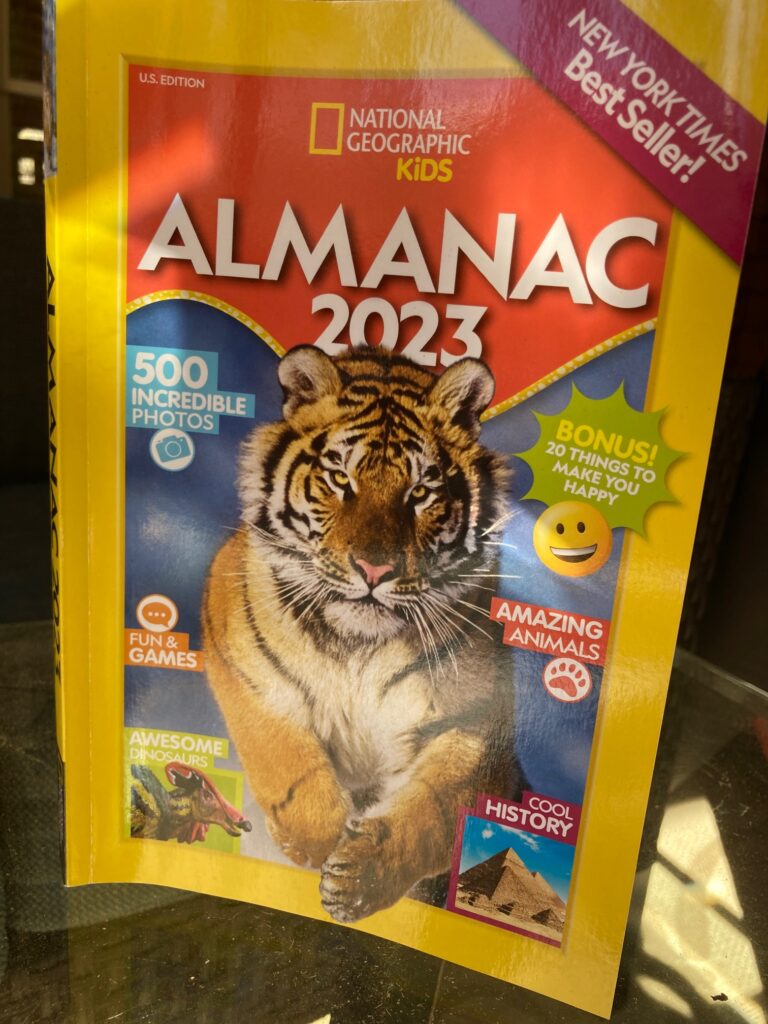
Every elementary school library needs this edition and every fifth-grade classroom would benefit from it. Because I work in various elementary schools I know some of the parents who I’ve seen at schools or out in the community. Sometimes they will ask me what they can do to help. Depending on the subject that their child is in I will tell them that the National Geographic Kids Almanac, 5,000 Awesome Facts or Animal Encyclopedia are low-hanging fruit. They’ll retort that they really want to help, and short of being the room parent and organizing the year’s events; I’ll tell them that these books can do more to help the classroom than almost anything else.
The Almanac retails for only $15.99 and is pound-for-pound one of the most widely read books that any elementary school library has. Depending on the time of year and the schedule for the ELA essays there will be a queue to check them out, so a library having more than one is never a bad thing.
National Geographic Kids Almanac 2023, National Geographic Kids 5,000 Awesome Facts (About Everything), Treasure of Greek Mythology, and National Geographic Animal Encyclopedia 2nd Edition are National Geographic Kids.
There are affiliate links in this post.

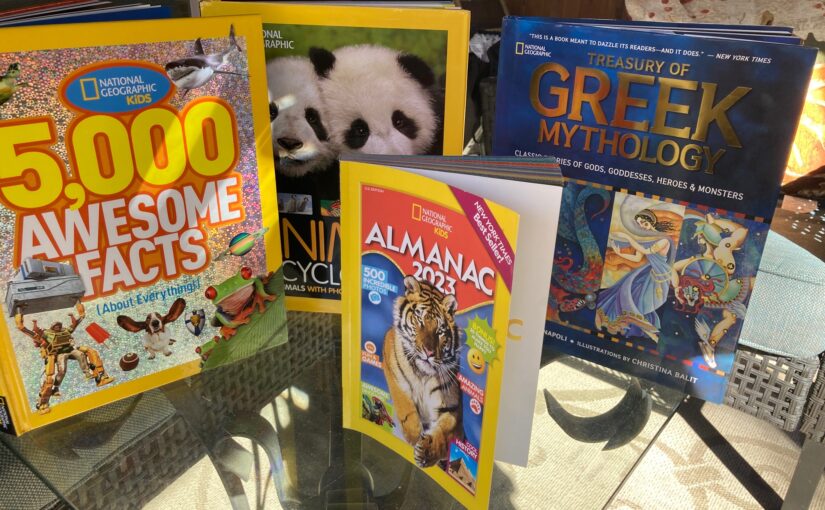
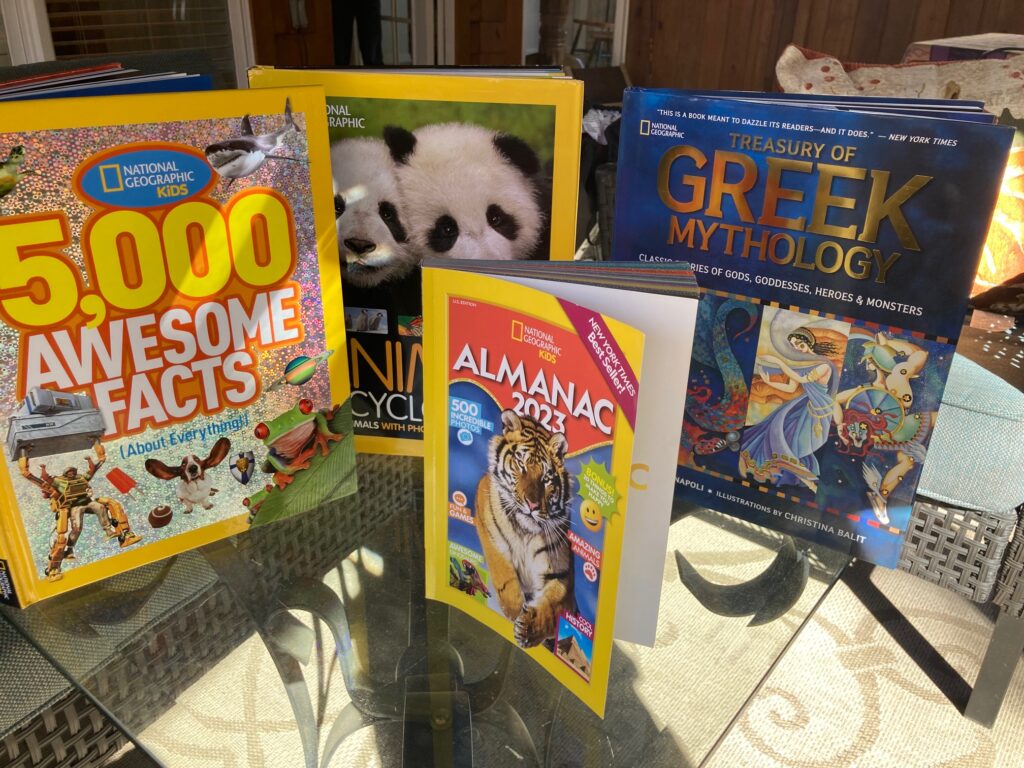
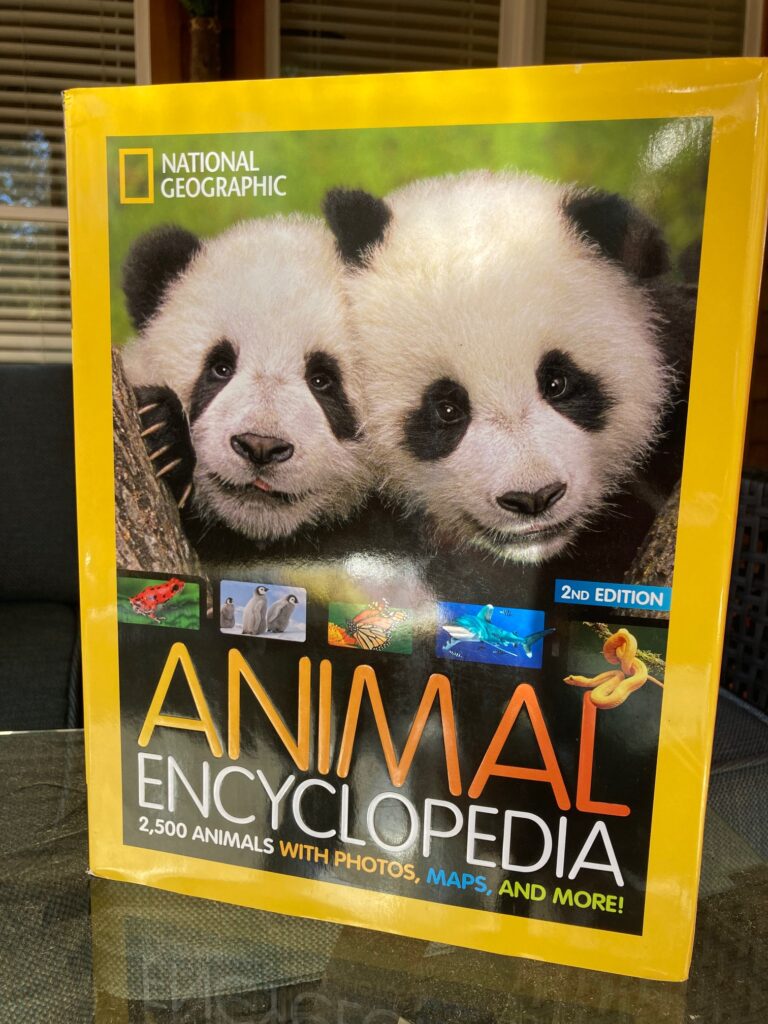
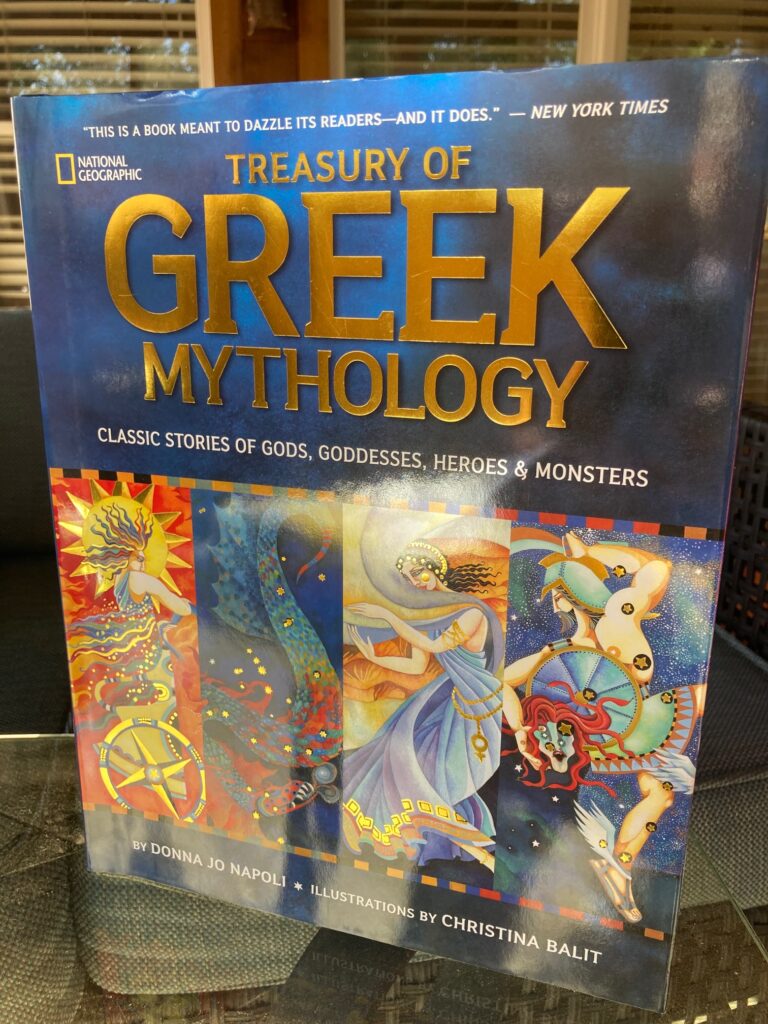
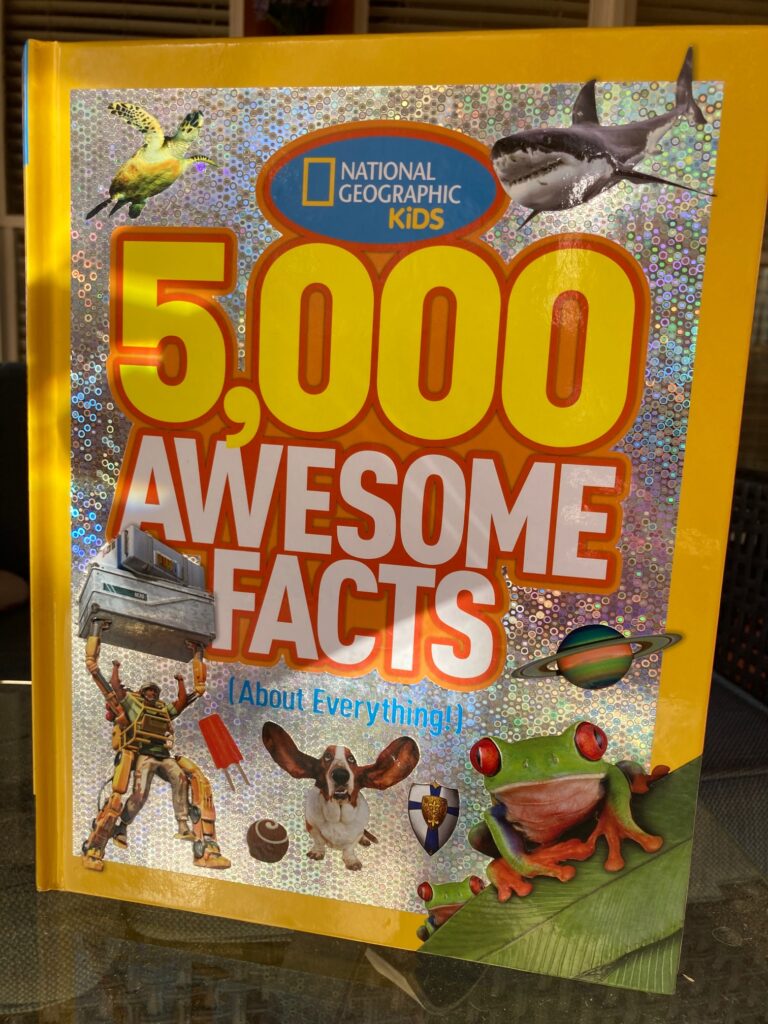



 Facebook
Facebook Twitter
Twitter Flickr
Flickr GooglePlus
GooglePlus Youtube
Youtube